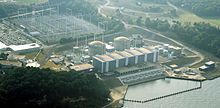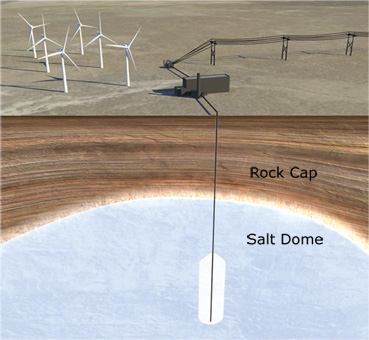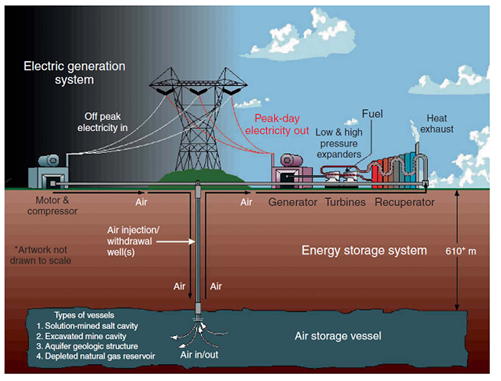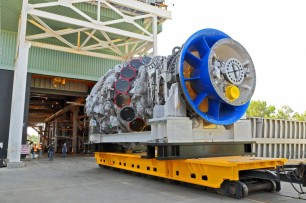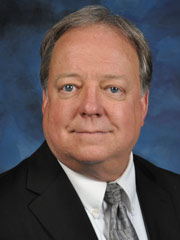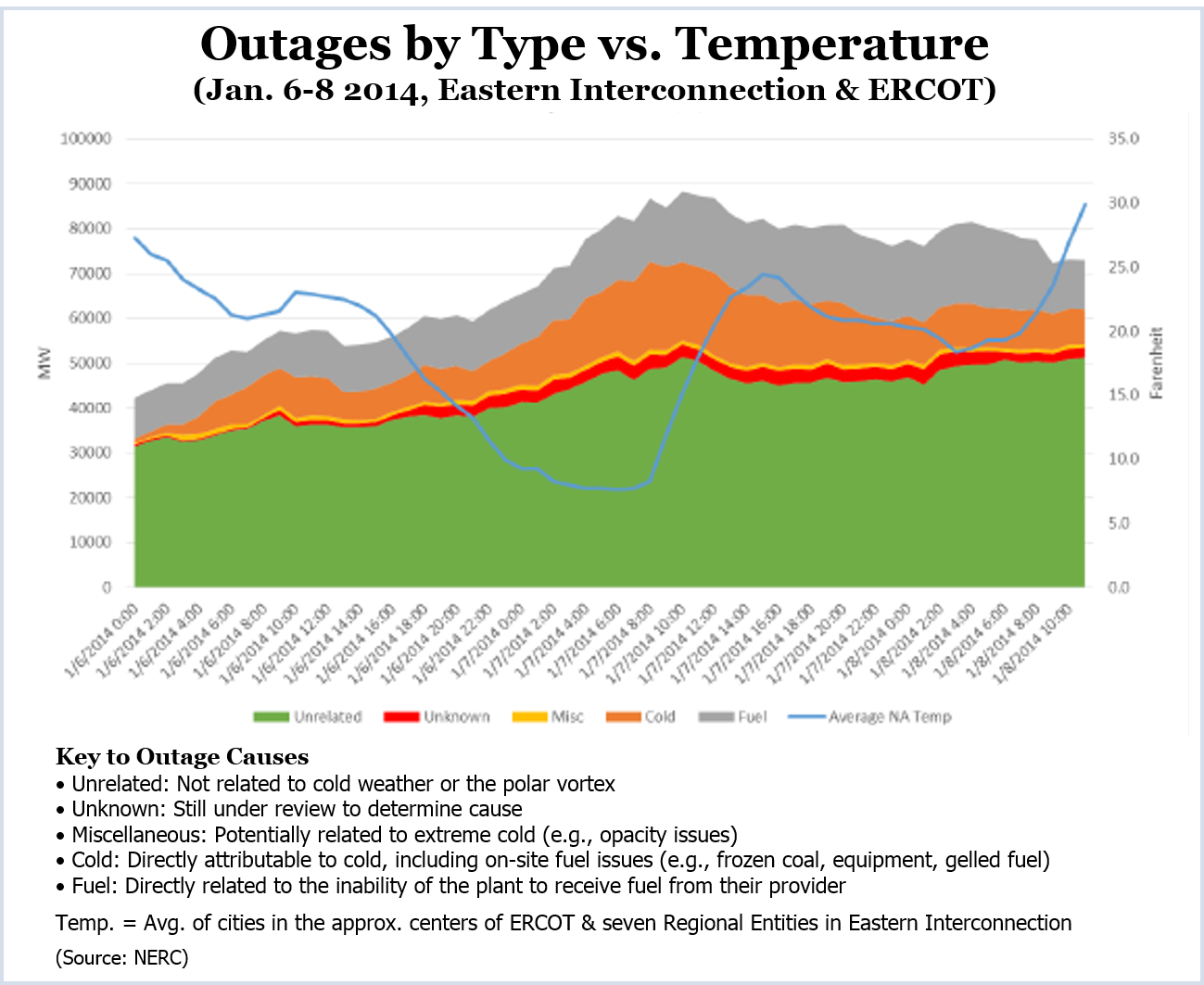PSC Official Urges People to Pay Attention to Pepco Takeover
After three public meetings about Exelon’s pending takeover of the parent company of Delmarva Power & Light drew scant interest, the Public Service Commission’s executive director called on residents to come forward and voice their concerns.
Robert Howatt said he was disappointed that only 13 speakers attended the sessions over the future of Delmarva, which has more than 300,000 customers. “Hopefully, more Delmarva customers will take the opportunity to submit written comment on the merger,” he said. Most of the 13 speakers said they support Exelon’s purchase of Pepco Holdings Inc., although one was concerned about Exelon’s opposition to renewal of the federal wind production tax credit.
The PSC is taking written comments until Dec. 10. Comments can also be emailed to psc@state.de.us, referencing PSC Docket 14-193, or by using the Public Comments link on the Public Service Commission electronic filing system, DelaFile.
More: The News Journal
ILLINOIS
ComEd Agrees to $46M Refund in AG Settlement
Commonwealth Edison will refund customers $46 million in a settlement the company reached with Illinois Attorney General Lisa Madigan and approved by the Illinois Commerce Commission.
The settlement, which came out of a dispute over rates dating back to 2008, will be used to credit customers on their November bills. The average refund will be about $8, the company said.
The settlement ends arguments over two issues. The first was a method the company used to compute its capital investments, part of a complicated rate calculation. The second concerned a surcharge to finance the company’s smart meter program.
ComEd lost both challenges in court.
More: Crain’s Chicago Business
INDIANA
Efficiency Program Paid Off, New Study Finds
In its last session, the Indiana legislature eliminated the state’s energy-efficiency program, known as Energizing Indiana. Last week, a legislative study report concluded that the program was a success and will provide benefits for several years to come, even though it has fallen off the books.
A report on the program by The Energy Center of Wisconsin, a utility-funded organization that promotes sustainability, showed that for every dollar spent on the state’s energy-efficiency program, it provided $3 in benefits. Indiana Utility Regulatory Commissioner David Ziegner said the program provided millions in benefits. Legislators, however, eliminated the program and are now calling for a new program that concentrates on rate controls, rather than energy efficiency.
More: Indiana Public Media
NIPSCO Reduces Proposed Rate Hike
Northern Indiana Public Service Company halved the estimated rate hike it said would accompany its seven-year modernization plans for its electric and natural gas systems. Earlier reports put rate hikes associated with the plan at 10%, but documents filed last week show that the requested increase will be closer to 5%. The lower rate estimates came after NIPSCO adjusted its allowed rate of return to comply with Indiana Utility Regulatory Commission orders. The utility said it plans to spend about $1.9 billion in the next seven years.
More: Lafayette Journal & Courier
MARYLAND
Keys Energy Center Asks PSC for Quick Approval
Saying they are butting up against construction deadlines, the developers of a 755-MW power plant are asking the Public Service Commission to expedite final approval of the project. In a letter dated Wednesday, Genesis Power asked the commission to shorten the deadline for challenges to the Keys Energy Center, which is scheduled to take 33 months to complete.
The company said it had agreed to the recommendations from all parties in the proceeding and that it has to be in operation by June 2017 in order to meet a guarantee that was set when it bid into the PJM capacity auction in May. “Prompt approval is vital to being able to complete construction and begin operation by June 1, 2017, to satisfy PJM requirements,” the company told the commission. “Time is already short.”
The Keys Energy Project is a two-on-one combined-cycle plant in Brandywine, Prince George’s County.
More: Keys Energy Center
MICHIGAN
We Energies Customers Challenge Michigan Rates

Consumer advocates say that customers should receive refunds from We Energies as a result of a MISO order last year concerning a Michigan power plant.
We Energies was going to close its 430-MW Presque Isle Power Plant in Marquette, Mich., last year when its biggest customer, the operator of two iron ore mines on the Upper Peninsula, switched to a different supplier. But MISO ordered WE to keep the plant in operation to ensure grid reliability. Since February, ratepayers in Wisconsin and Michigan have been paying more than $4 million a month to cover the plant’s costs.
The Wisconsin Industrial Energy Group and the Citizens’ Utility Board say that ratepayers have already been charged for plant costs and that the MISO payments are allowing We Energies to exceed its maximum profit rate set by the Wisconsin Public Service Commission.
The Wisconsin PSC is beginning public hearings on the We Energies rate case. The next one is Oct. 8.
More: The Milwaukee Sentinel
NEW JERSEY
Fishermen’s Energy Asks BPU for Sit-Down Meeting

“It is inconsistent with a government regulatory process for FCAW [Fishermen’s Atlantic City Windfarm] to continue to attempt to guess at these concerns, a continual moving target, without the benefit of real negotiation,” Fishernen’s said in a letter to the BPU.
A state appellate court in August overturned a previous BPU ruling against Fishermen’s request for ratepayer subsidies, saying the BPU must recognize that Fishermen’s already had federal funding equal to about a quarter of the project’s cost.
“Two independent respected branches of government have found in favor of FACW, and FACW can’t even secure a meeting to discuss this matter with BPU,” according to the letter. Although the BPU has scheduled time in its November meeting to discuss the project, a BPU spokesman said it was unlikely that a meeting before that would happen.
More: Recharge News (subscription required); Press of Atlantic City
NORTH CAROLINA
Turkey Waste-Fired Plant at Risk, Wants PSC Ruling
The owners of a plant scheduled to switch from burning timber waste to fuel derived from turkey droppings want the state’s Public Service Commission to referee a dispute it has with Duke Energy.
Coastal Carolina Clean Power’s facility in Kenansville sells its power to Duke now. The two companies have been negotiating a new contract since 2012. Duke said CCCP wants to charge too much for its power once it switches to turkey-derived fuel, up to 500% more than similar plants. CCCP says it will close the plant at the end of the year unless it reaches a contract with Duke, leaving turkey farmers with no place for their birds’ waste.
“In today’s renewable energy landscape, the price being requested by CCCP is noncompetitive and would be a burden to Duke Energy customers,” Duke spokesman Randy Wheeless said. Duke wants the PSC to throw out the request.
More: The News & Observer
OHIO
PUCO’s AEP Rate Review Plan Still Not Complete
A rate proposal by American Electric Power should have been ruled on by the Public Utilities Commission by now, but the deadline has passed and PUCO hasn’t said when the ruling will come. “They will rule on it when they are ready,” a PUCO spokesman said.
AEP filed the proposal in December and said it would probably lead to a small rate decrease for Central Ohio customers, but it contains one provision that would have rate payers guaranteeing income to one of AEP’s coal-fired plants, Kyger Creek plant in southeastern Ohio. Similar proposals have been floated by Duke Energy and FirstEnergy in an attempt to keep plants profitable while guaranteeing a supply of power for the region. Opponents of the plans call them a bailout for merchant generators.
Ohio law calls for rate-ruling decisions within 150 days of the initial filing, but the deadline is rarely observed. Some utility analysts believe that the AEP plan, the first of several anticipated, could be so divisive that the commission may be waiting until after the November election to rule.
More: The Columbus Dispatch
PENNSYLVANIA
PUC Says Leak Locations Not Public Information
Pennsylvania’s natural gas lines sprang more than 31,000 leaks last year but the location of the pipelines — and whether they still leak — is kept secret by the Public Utility Commission. “It’s important to … protect that information because of security interests and security concerns. You don’t want everyone outside the utility knowing exactly where the pipelines are,” PUC Commissioner Gladys Brown told the Pittsburgh Tribune-Review.
The newspaper reported that the secrecy policy has had dangers, such as when a pipeline cracked in Lehigh County in 2011, and Allentown workers couldn’t find the shutoff valve and didn’t have access to the gas system maps. A fatal gas explosion followed. “There’s no regulation in the state that requires these folks to share this information with us. They get away with it by saying, ‘You know, we have Homeland Security issues’ and such,” Allentown Mayor Ed Pawlowski said.
